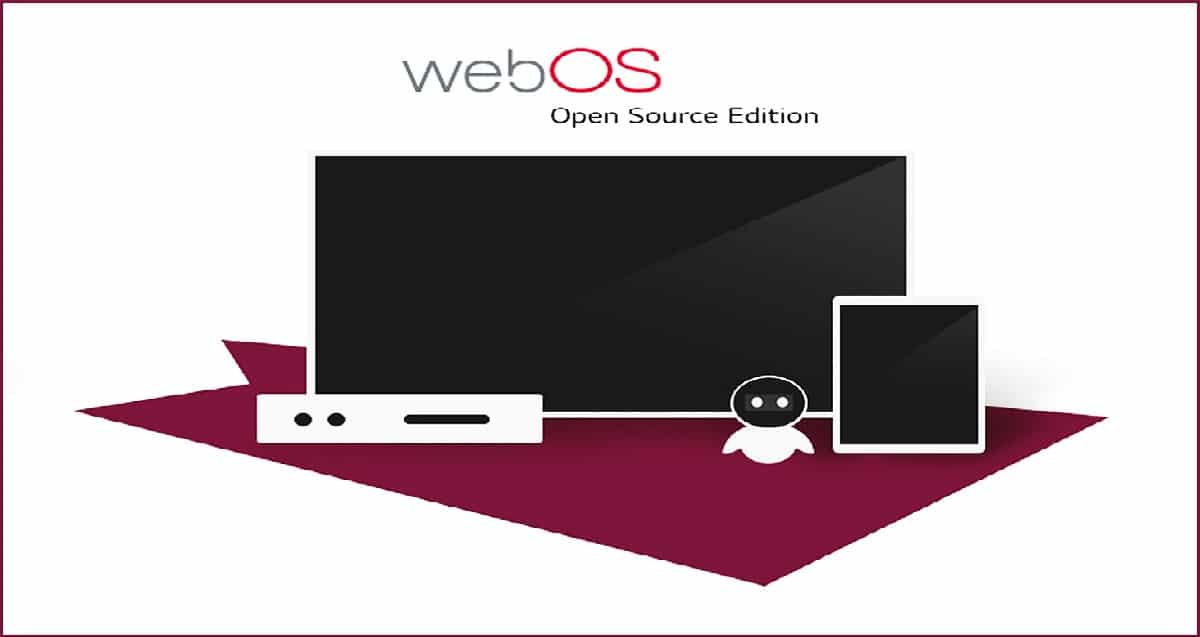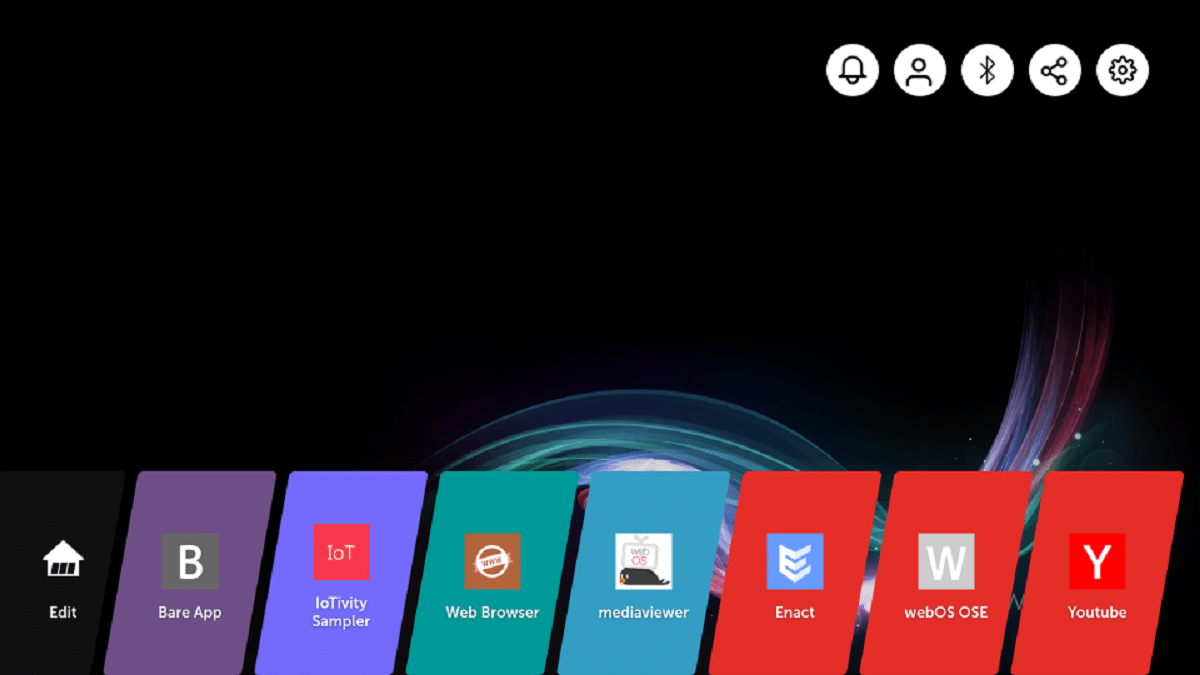
webOS Open Source Edition, is a system that focuses on equipping smart devices. The platform is you are developing in a public repository under the Apache 2.0 license and development is overseen by the community, following a joint development management model.
The webOS platform in 2013 was acquired by LG from Hewlett-Packard and is used in more than 70 million LG televisions and consumer devices. The project webOS Open Source Edition was founded in 2018 after LG tried to return to an open development model to attract other participants and expand the range of devices on which webOS can be used.
The webOS system environment is formed using the core OpenEmbedded tools and packages, as well as the assembly system and a set of metadata from the Yocto project.
The key components of webOS are the systems and application manager (SAM, System and Application Manager), which are responsible for running applications and services and Luna Surface Manager (LSM), which forms the user interface. The components are written using the Qt framework and the Chromium browser engine.
Rendering is done through a composite manager that uses the Wayland protocol.
For user application development, it is proposed to use web technologies (CSS, HTML5, and JavaScript) and React-based Enact framework, but it is also possible to create C and C ++ programs with a Qt-based interface. The user interface and integrated graphics applications are primarily implemented as native programs written with QML technology.
To store data in a structured form using the JSON format, DB8 storage is used, using the LevelDB database as a back-end. For initialization, bootd is used based on systemd. For processing multimedia content, the uMediaServer and Media Display Controller (MDC) subsystems are offered and PulseAudio is used as the sound server.
Today webOS Open Source Edition is in version 2, which was recently released.
What's new in webOS Open Source Edition 2

In her a new reference user interface is proposed: Home Launcher, optimized for touch screen control and offering an improved concept of successive cards (instead of windows).
Alson A quick launch panel has been added to the interface, in which shortcuts for frequently used functions such as access to settings and notifications are placed.
Platform It is adapted for use in automotive infotainment systems. For example, it is possible to work in environments with two screens commonly used in passenger multimedia systems.
Means are proposed for automatic firmware updates (FOTA - Firmware-Over-the-Air), based on the use of OSTree and atomic system updates. The complete system image is reassembled as a whole, without separation into separate packages.
The update system is based on the use of two system partitions, one of which is active, and the second is used to copy the update, after installing the update, the sections change the roles.
The reference hardware platform was upgraded to the Raspberry Pi 4 board (previously proposed to use the Raspberry Pi 3 Model B), in which you can connect two displays via HDMI, use a more advanced GPU, use Gigabit Ethernet, dual-band Wi-Fi, Bluetooth 5.0 / BLE, and USB 3.0.
Of the other changes:
- SoftAP (Tethering) mode has been added, which allows you to organize the work of a wireless access point to connect other devices to the network.
- Added support for mandatory access control based on the Smack core module (simplified mandatory access control core).
- Improved support for Bluetooth and WiFi.
- For the record, the systemd journal is used by default.
- Updated versions of the third-party components underlying the platform, including Qt 5.12 and Chromium 72.
How to get webOS Open Source Edition 2?
In order to use webOS Open Source Edition it is necessary to generate the image of this, you can consult the steps to do so from the following link.
It can be tested in Qemu and how?
Wow! Now it seems as if it were an LG TV instead of an RPI! LG great! Good that they have returned to open source.